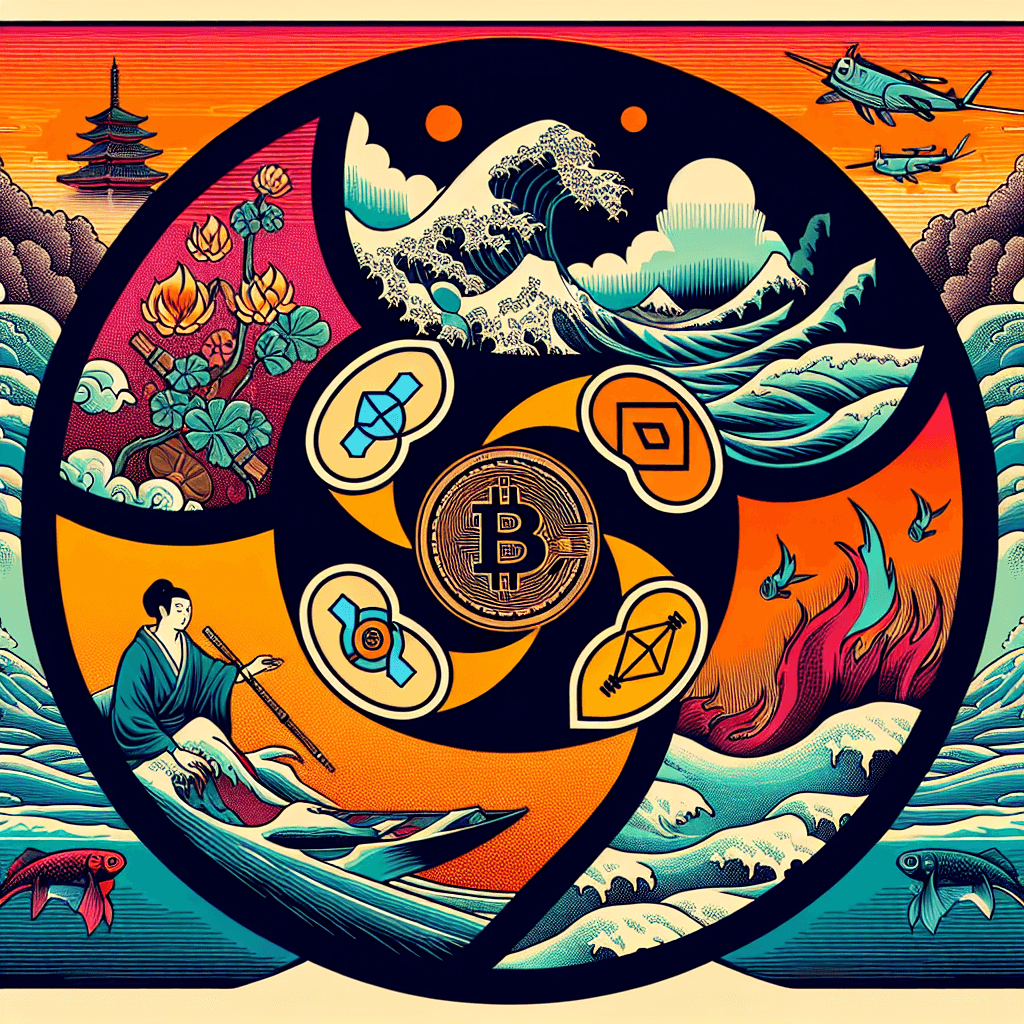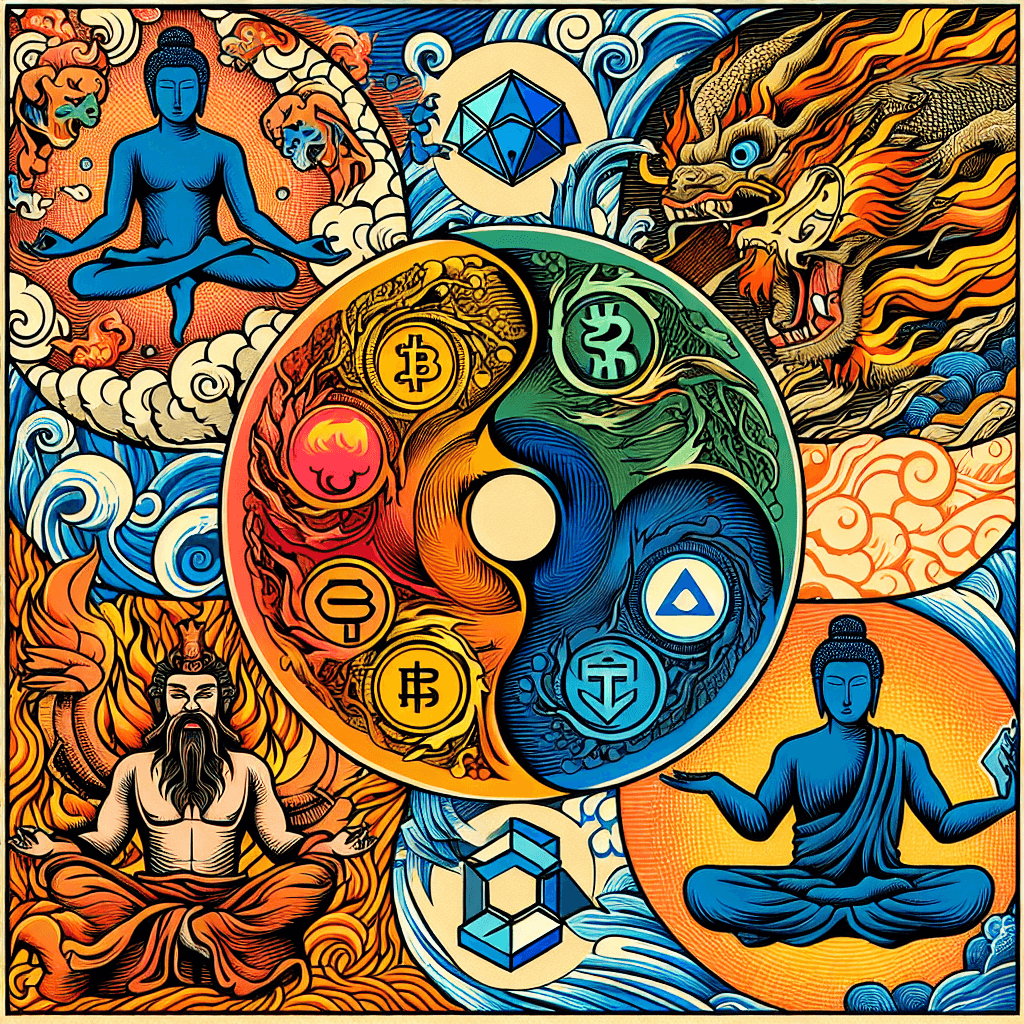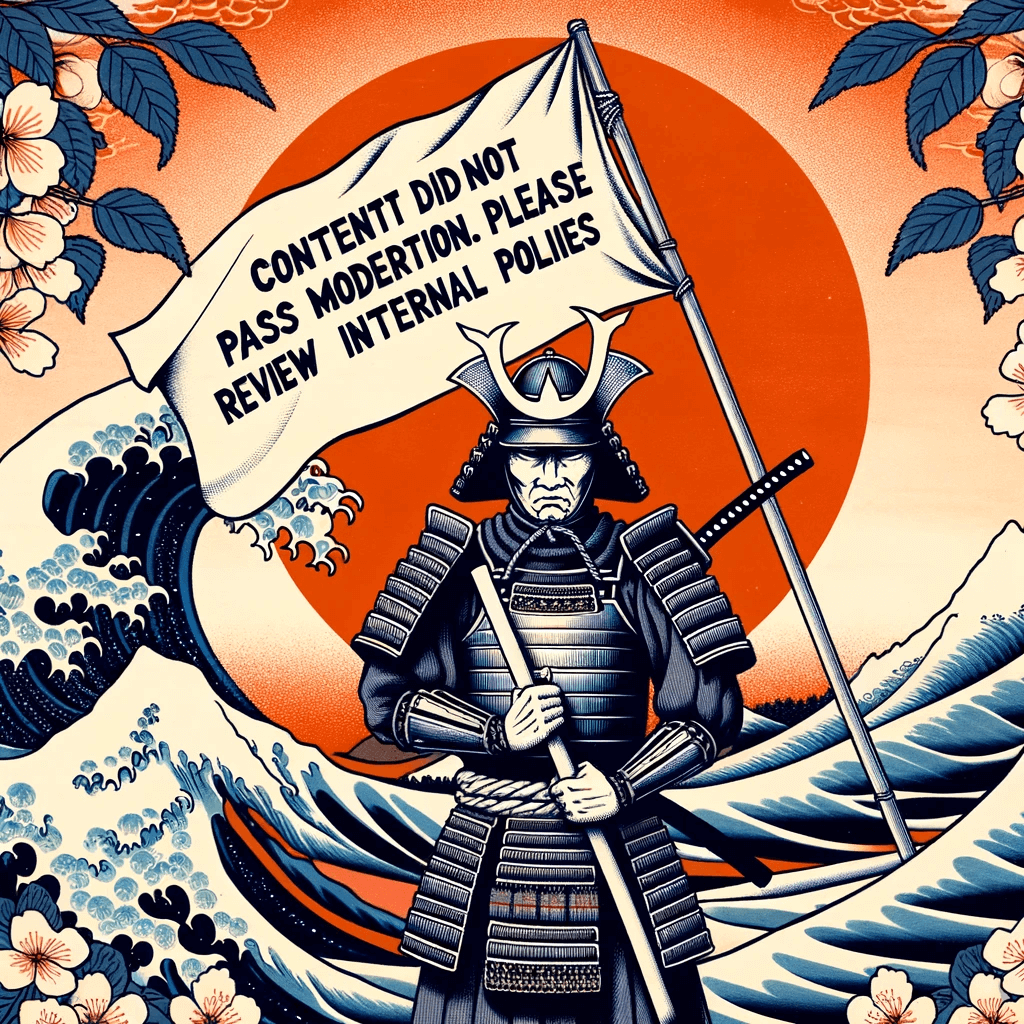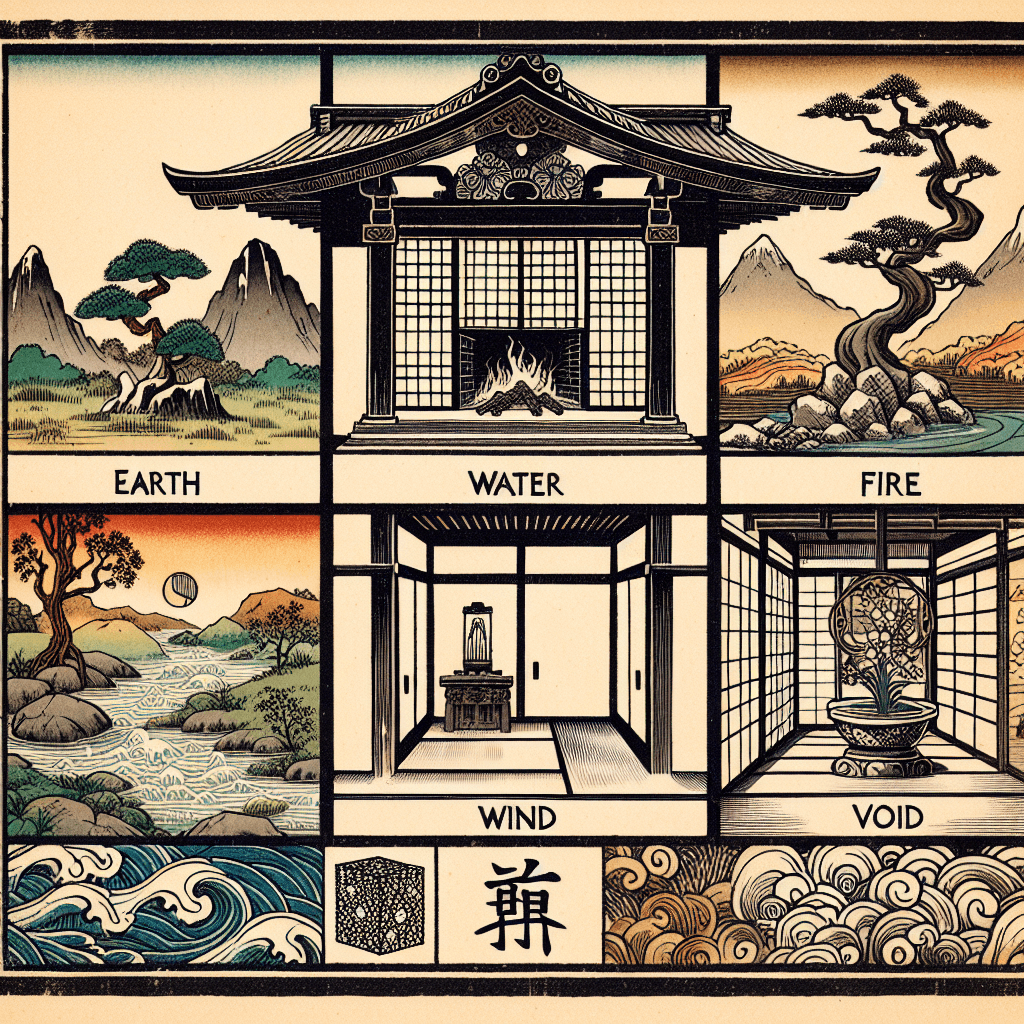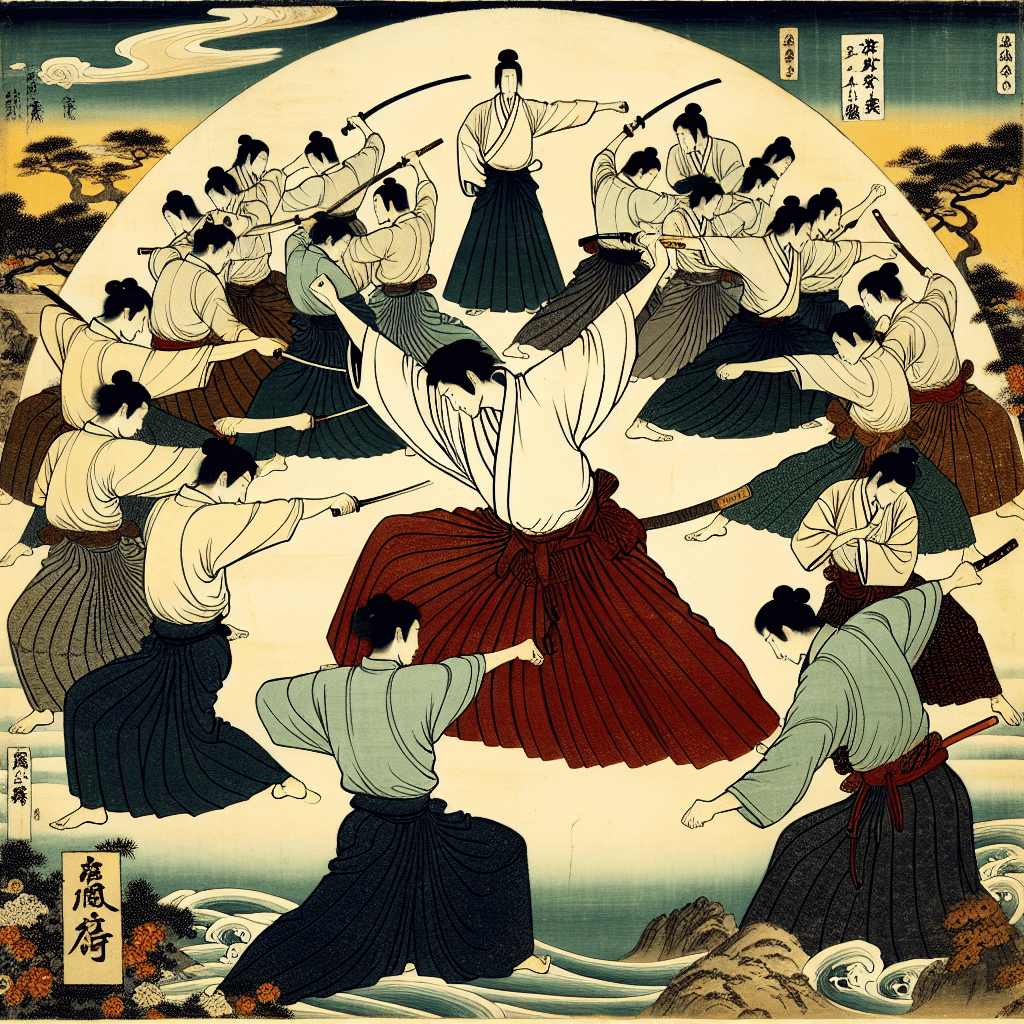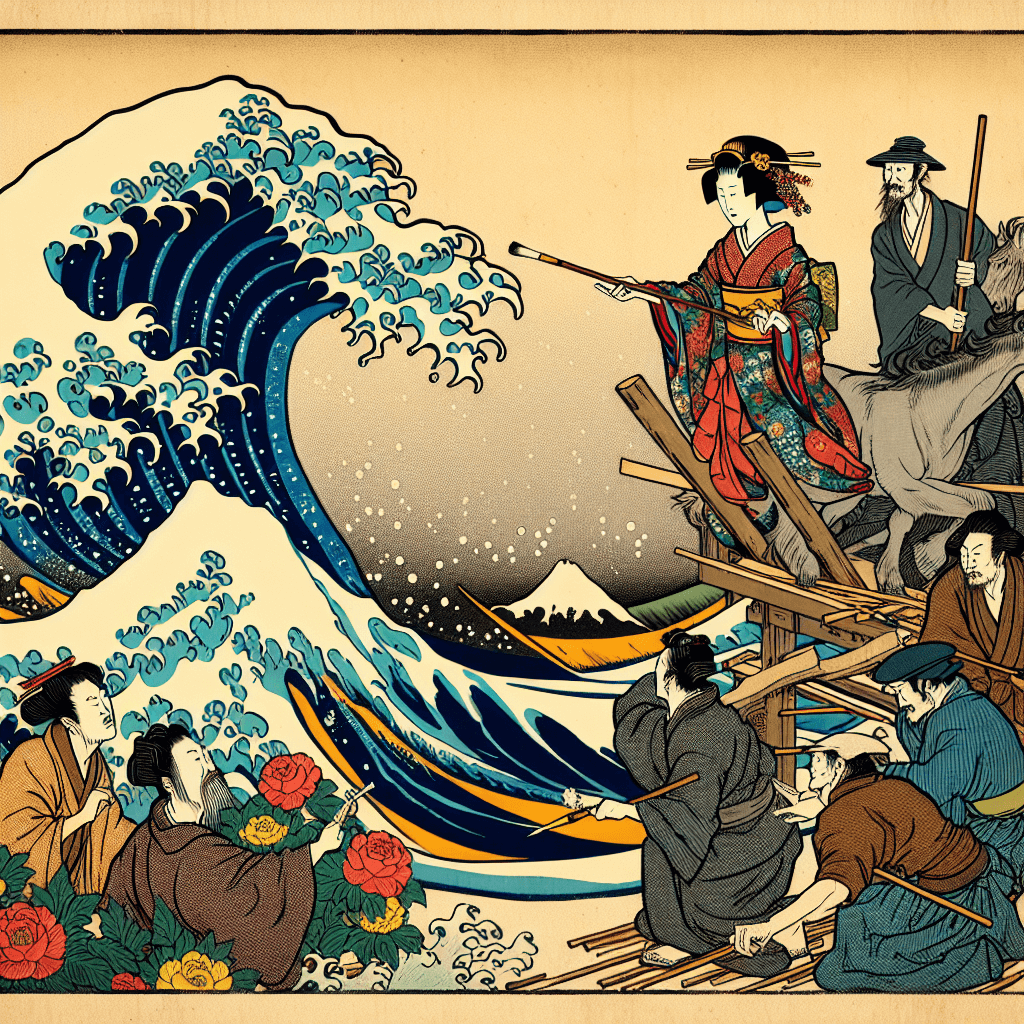Exploring Godai: The Five Elements of Japanese Philosophy
syndu | May 15, 2024, 8:05 p.m.
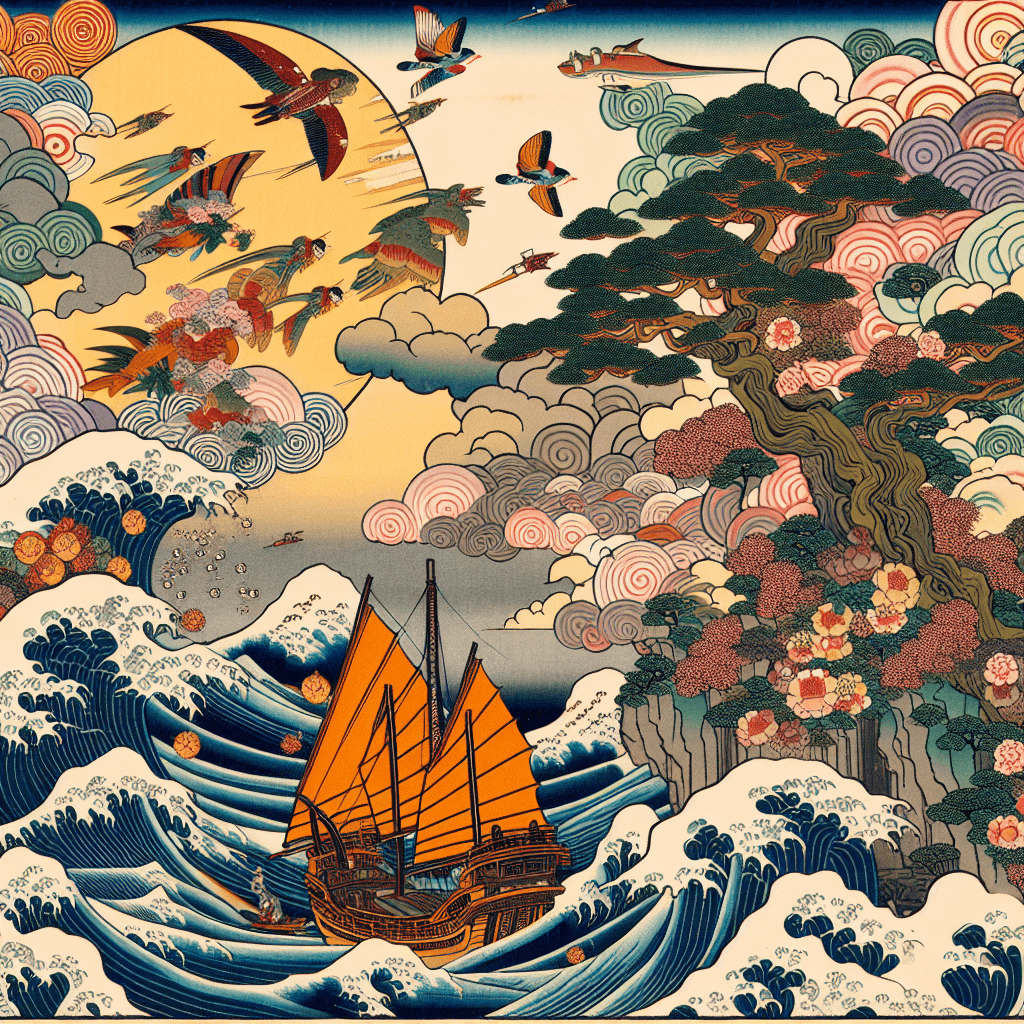
Introduction to Godai: The Essence of Japanese Philosophy
The concept of Godai, which translates to "Five Great," is deeply woven into the fabric of Japanese philosophy and culture. It represents the five fundamental elements that make up the universe: Earth (Chi), Water (Mizu), Fire (Hi), Wind (Kaze), and Void (Ku). These elements are not just physical entities but also symbolize various states of matter and are integral to understanding the Japanese worldview.
In this content series titled "Exploring Godai: The Five Elements of Japanese Philosophy," we embark on a journey to uncover the profound impact of these elements on Japanese culture, arts, philosophy, architecture, literature, martial arts, environmental ethics, and modern culture. Each post in this series will delve into the unique aspects of one element, offering readers an in-depth look at its historical context, cultural significance, and contemporary relevance.
Chi: The Earth Element of Godai
Chi represents solidity, stability, and the physical world. It is the element of growth and fertility, manifesting in the practices of pottery, gardening, and the sturdy structures of Japanese architecture. This post will explore Chi's grounding influence on Japanese culture and its symbolic representation in various art forms.
Mizu: Embracing the Water Element in Godai
Mizu symbolizes fluidity, adaptability, and the flow of life. It is central to Japanese arts and ceremonies, including the revered tea ceremony. This post will examine Mizu's metaphorical significance in literature and philosophy, as well as its tangible presence in the rituals that define Japanese culture.
Hi: The Fire Element and its Transformative Power
Hi is the transformative force, representing energy, motivation, and metabolic processes. It connects to cultural practices such as metallurgy, cooking, and festival rituals that involve the purifying aspect of fire. This post will analyze Hi's dynamic nature and its transformative role in Japanese lore.
Kaze: Wind as Movement and Change in Godai
Kaze signifies movement, change, and the intangible aspects of life. It is associated with samurai philosophy, traditional theater, and martial arts, where the unseen forces are as influential as the seen. This post will investigate Kaze's representation in these disciplines and its philosophical implications.
Ku: The Void Element and Zen Teachings
Ku represents the void, potential, and the essence of enlightenment. It is a concept deeply rooted in Zen Buddhism and influences minimalist design and aesthetics. This post will delve into the profound philosophical nature of Ku and its impact on Japanese culture.
Join us as we explore the enigmatic allure of Godai and its timeless wisdom that continues to influence and inspire.
Integrating the Elements: Godai's Influence on Japanese Architecture
This post will explore how the principles of Godai are integrated into the design and structure of Japanese buildings and spaces, creating harmony between the environment and human habitation.
Narrative Alchemy: Godai Elements as Literary Tools
The post will analyze the use of the five elements as narrative devices in Japanese literature, from ancient tales to contemporary works, and how they shape the storytelling tradition.
Strategic Harmony: The Role of Godai in Martial Arts
This post will examine how the elements inform strategic thinking and philosophy in martial arts and the game of Go, offering insights into the balance and harmony sought in these disciplines.
Godai's Reflection in Nature and Environmental Ethics
Reflecting on the influence of Godai on the Japanese perspective of nature, this post will discuss environmental ethics and practices such as Shinrin-yoku (forest bathing).
Godai's Modern Echo: Its Presence in Contemporary Culture
The final post will look at how the elements of Godai resonate in modern Japan, from popular media to ongoing spiritual practices, and their enduring legacy in shaping contemporary culture.

